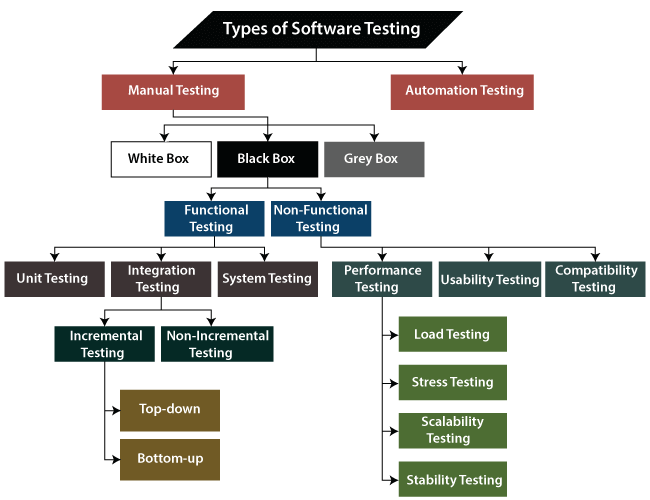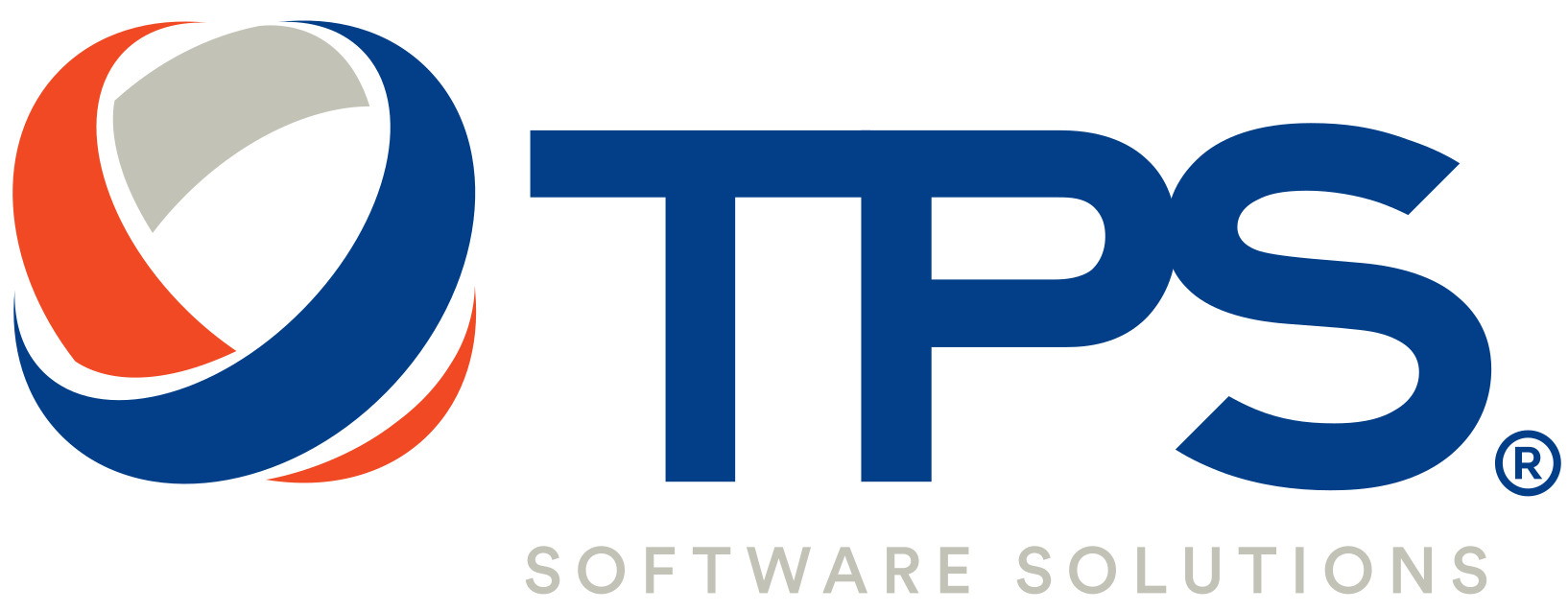Introduction
Software testing is a vital aspect that can decide the success or failure of a software application or system. Before releasing a software application or design to the market, one evaluates its functionality, usability, security, and overall quality. As technology advances, businesses rely more heavily on software to run their operations and provide value to their customers. Therefore, it’s essential to have a reliable, high-quality software product that meets user expectations and performs as expected.
In today’s article, let’s find out the benefits, types and best practices of software testing.

The Benefits of Software Testing
Software testing is a must step in the software development process as it brings these advantages below.
Ensuring the software is functional
It helps ensure the application performs as intended and meets user requirements. It can help prevent critical issues and defects from being discovered after the product is released, which can cause financial problems and damage the company’s reputation.
Improving software quality
Testing helps identify defects and issues that can affect the quality of the software. Addressing these issues can help improve the overall quality of the product, leading to better user satisfaction and higher adoption rates.
Reducing development costs
Detecting defects early in the development process can significantly reduce fixing costs. Identifying and addressing issues during development is more efficient and cost-effective than setting them.
Enhancing user experience
It brings insights into whether the product is user-friendly and easy to use. It helps improve the quality of the user experience and increase customer satisfaction.
Software Testing Most Common Types
Companies can utilize several types of testing, including functional, performance, security, and usability testing, among others. Each type of testing has a specific objective, and companies may use multiple types of testing to ensure that their software is high-quality and reliable.
Functional testing
Ensuring that the software functions as intended and meets user requirements. This type of testing verifies that the software’s features and functions work correctly and that all user interactions are validated.
Performance testing
Using performance testing, you can evaluate the software’s speed, scalability, and stability under different scenarios, such as high traffic or heavy loads. This type of testing helps identify whether software can handle the expected workload without slowing down or crashing.
Security testing
Evaluating the software’s ability to protect user data and ensure the application is secure from external threats, such as hacking or data breaches.
Usability testing
A tester can find out that the user will comfortably use the product by conducting usability testing. This type of testing helps identify any user interface issues or design flaws that may affect the user experience.

What are Software Testing Best Practices?
Here are some of the best practices for software testing:
Start testing early
In the software development process, it is better to conduct software testing in the early stage. Ensuring quick identification and resolution of issues or defects reduces the cost and time required for fixing them.
Test in a controlled environment
One should conduct all the work in a controlled environment that resembles the end-user environment. It includes the hardware and software configuration and network settings.
Follow a structured testing approach
Test planning, execution, and reporting should follow a structured approach to ensure that all necessary test cases are in execution and the results are correctly recorded and analyzed.
Use a variety of testing techniques
Different testing types, like functional, performance, and security testing, ensure that software meets all the requirements and standards.
Use automated testing tools
To control time-consuming and required effort for testing, one should use automated testing tools wherever possible. Some common tools for testers are Selenium, Katalon, Appium and Eggplant. It includes regression testing, load testing, and test case management tools.
Test for user experience
The user experience should be an essential consideration when testing software. Testing should ensure the software is user-friendly, easy to navigate, and meets user expectations.
Collaborate with developers
Collaboration between developers and testers is crucial to address issues promptly and effectively. Developers should be involved in testing and provide timely feedback on defects or problems.
Test for scalability
Testing should include evaluating the software’s scalability and ability to handle extensive data or user traffic volumes.
Document and communicate test results
Test results should be adequately documented and communicated to stakeholders, including developers, project managers, and business analysts. It ensures that all concerned parties know of any issues or defects and can take appropriate action to address them.
Continuously review and improve
Software testing is an ongoing process, and it’s essential to continuously review and improve the testing process to ensure its effectiveness. It includes analyzing test results, identifying areas for improvement, and implementing changes to the testing process accordingly.
Conclusion
Utilizing software testing can help businesses ensure that their software products are high quality, reliable, and meet the expectations of their users. By addressing defects and issues during development, companies can reduce development costs, enhance user experience, and increase customer satisfaction. At TPS Software, we provide software testing services to all-sized businesses, so contact us if you are finding a trusted and quality partner.













